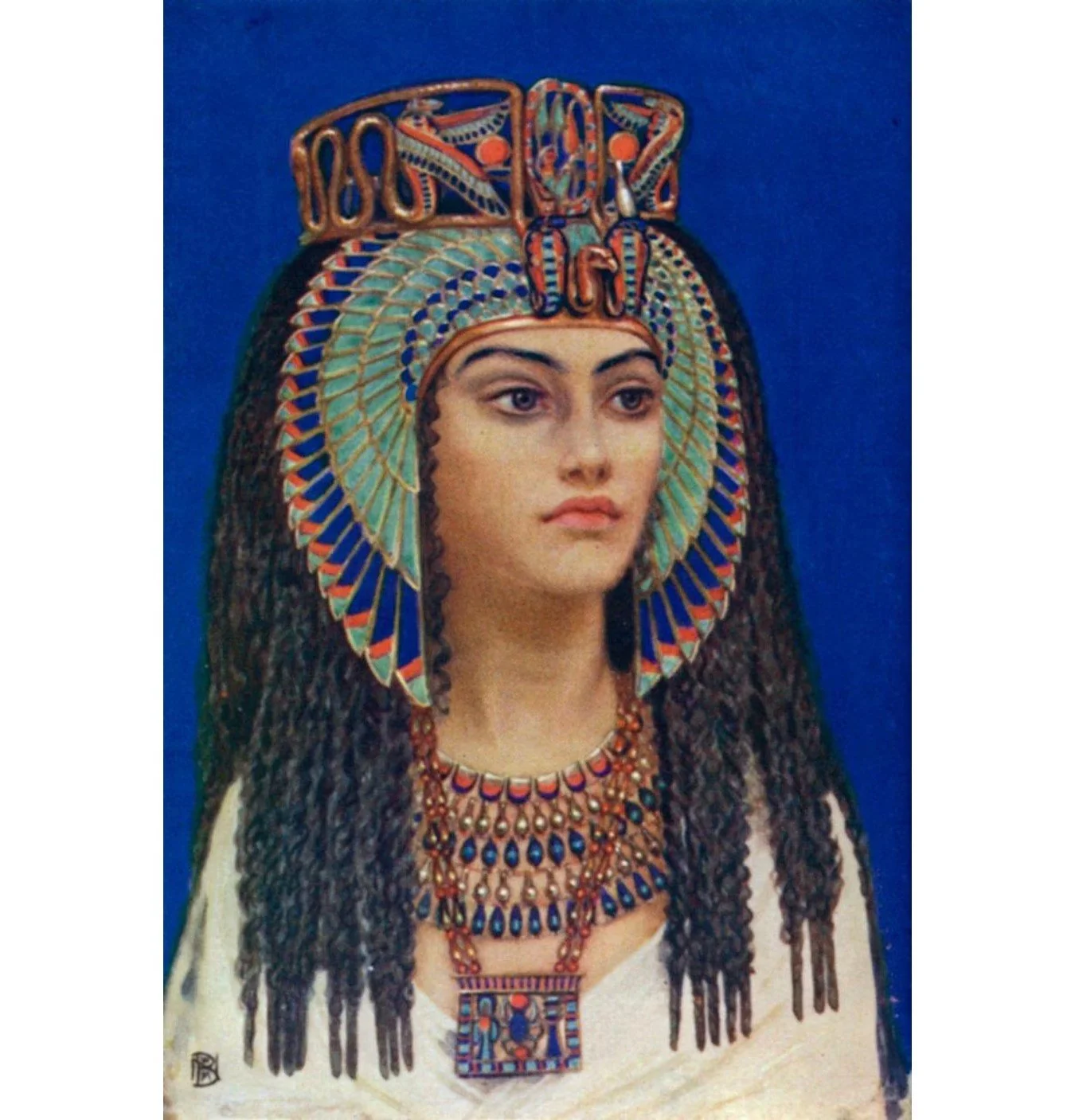
Dr Chris Naunton:Tomb of Osiris: An Idea Made Real
GLASGOW AND ZOOM
*** DOUBLE LECTURE ***
The Tomb of Osiris: An Idea Made Real
Osiris was, the Egyptians believed, the king of Egypt who had been murdered by his brother, and then dwelt forever in the afterlife. His tomb became an important part of the netherworld and the focus of certain rites performed by the king. There was a parallel belief from the Middle Kingdom that the tomb itself was to be found at Abydos. In 1903 the archaeologists Flinders Petrie and Margaret Murray made an extraordinary discovery at the same site, a little way east of the famous temple of Sety I . At a level below ground they found a building constructed of huge blocks of granite, limestone and sandstone – megaliths – far larger than were usually used in Egyptian monuments. This seems to have been Sety’s attempt to recreate the tomb of Osiris, and an important part of his own journey to become at one with the god in death.
Chris Naunton is an Egyptologist and author of Searching for the Lost Tombs of Egypt (2018), Egyptologists’ Notebooks (2020), and two books for children, Tutankhamun Tells All! (2021) and Cleopatra Tells All! (2022). He frequently appears in television documentaries on ancient Egypt and was Director (CEO) of the Egypt Exploration Society from 2012 to 2016 and President of the International Association of Egyptologists from 2015 to 2019. He lives in London.
Entry: £10












































